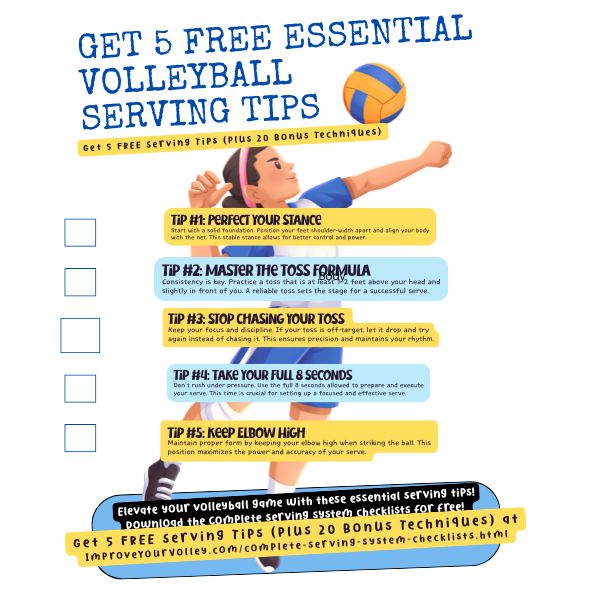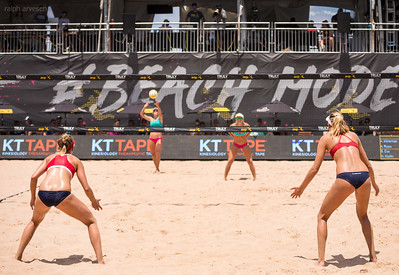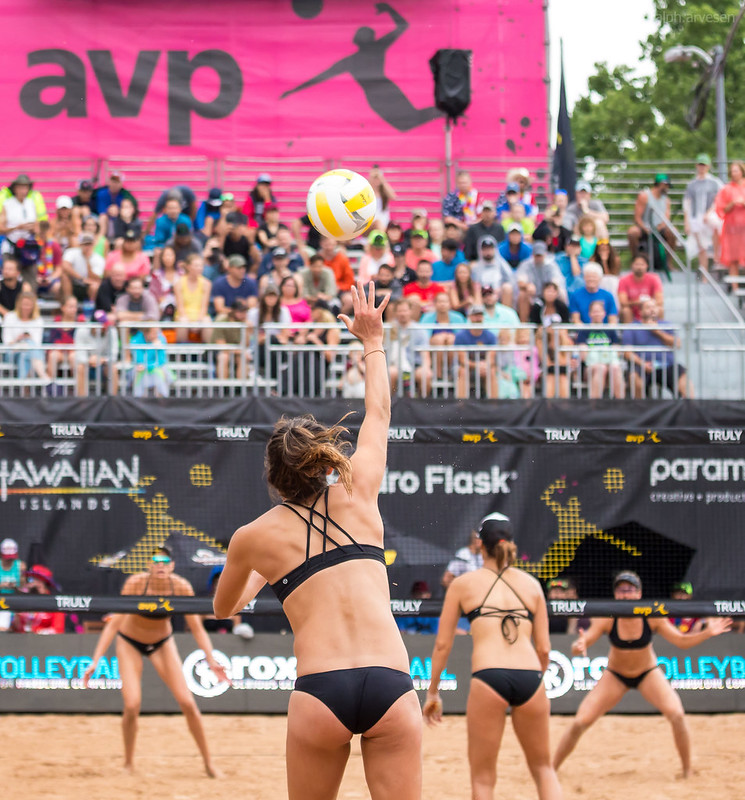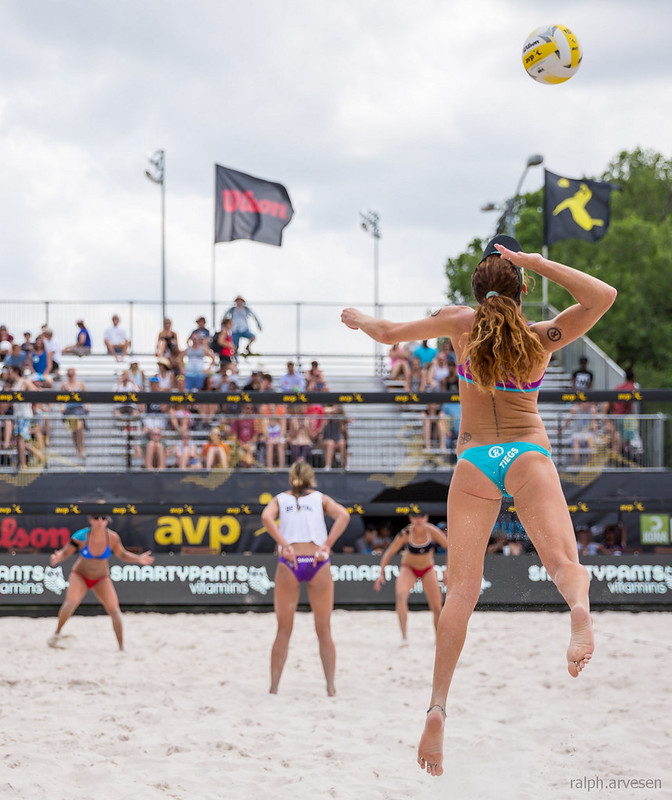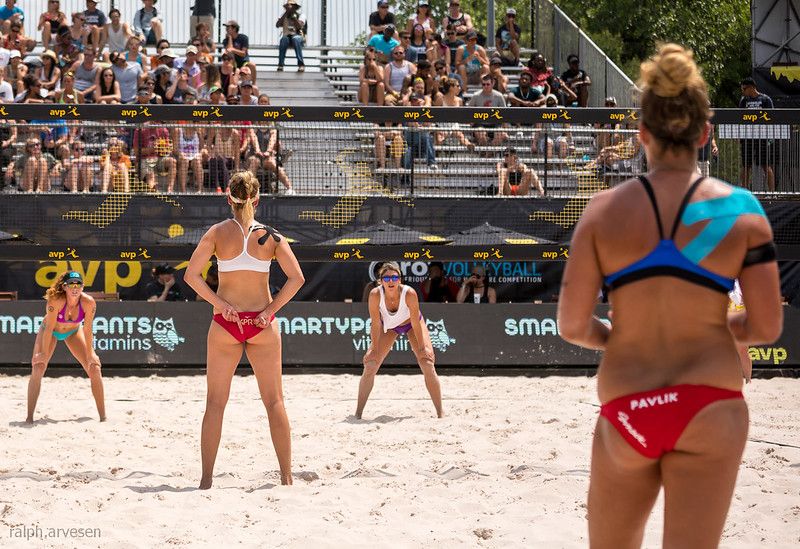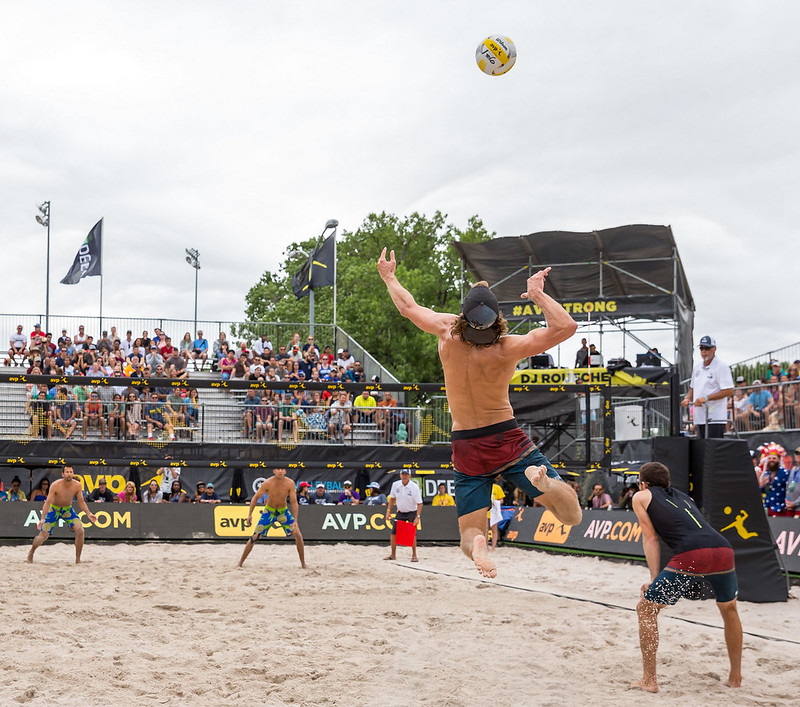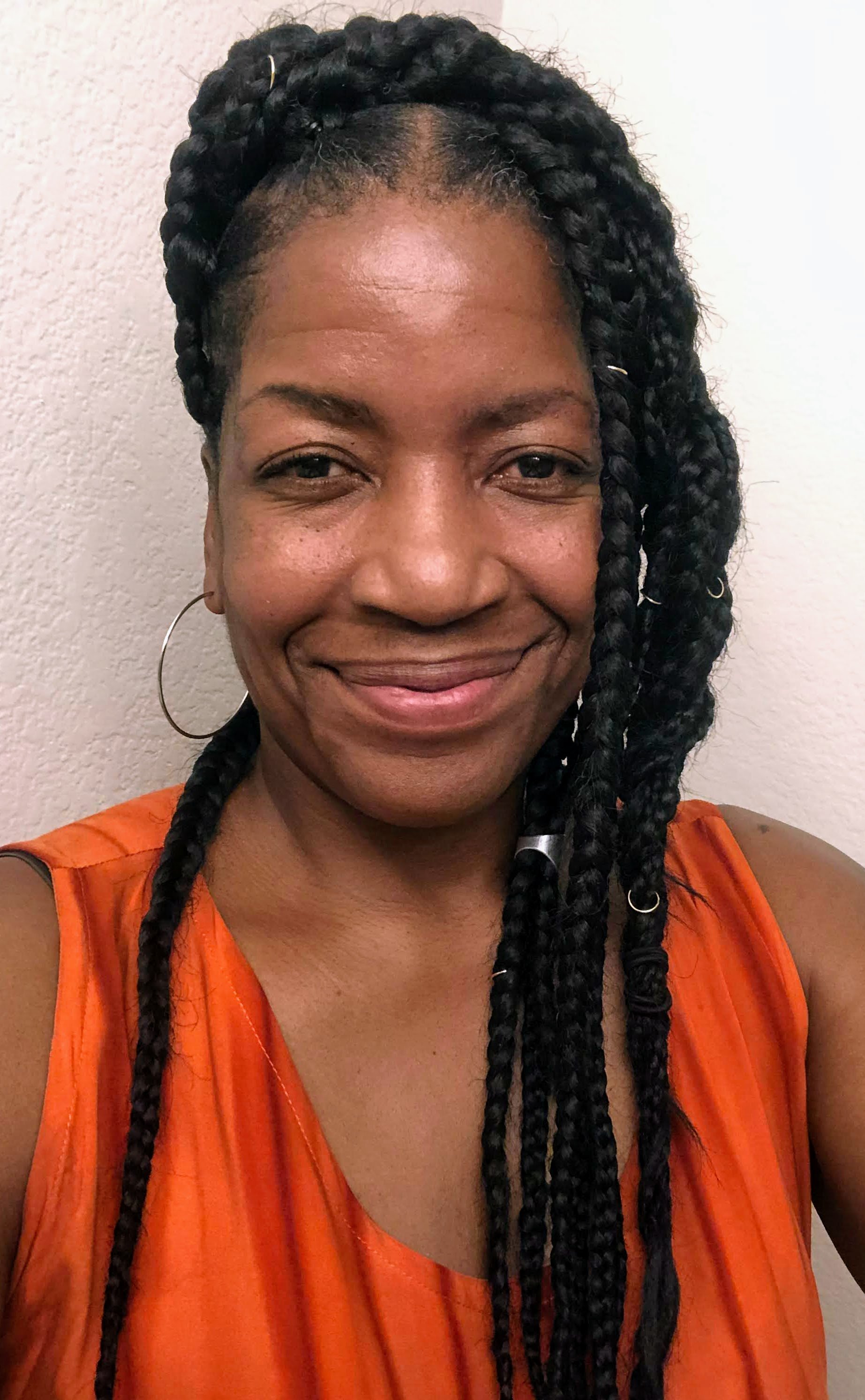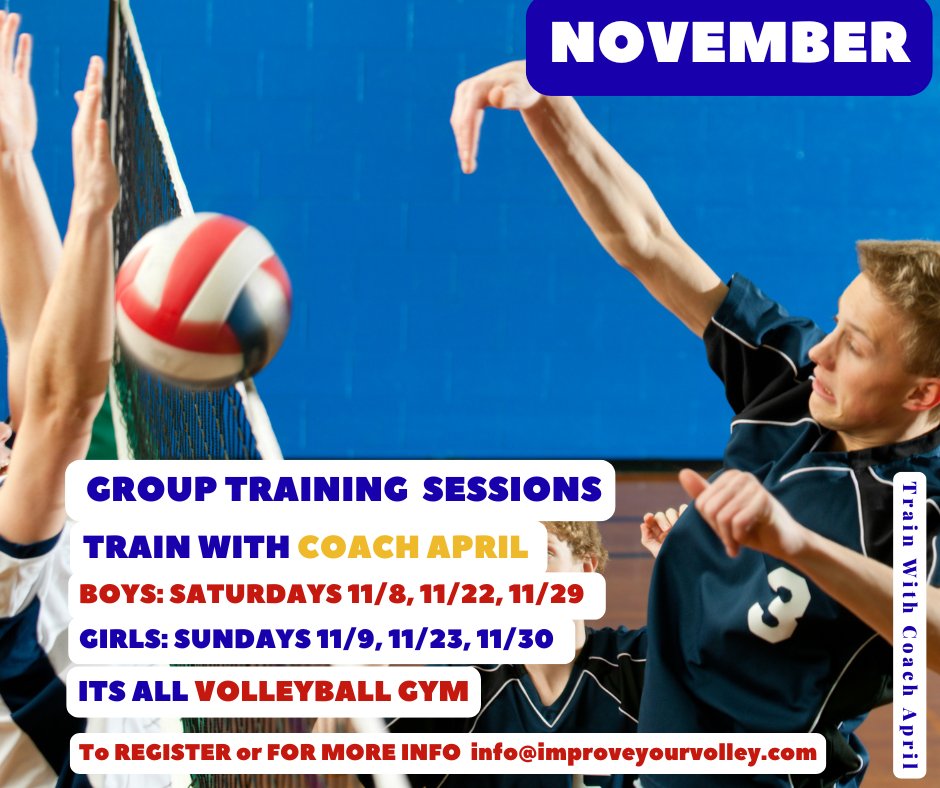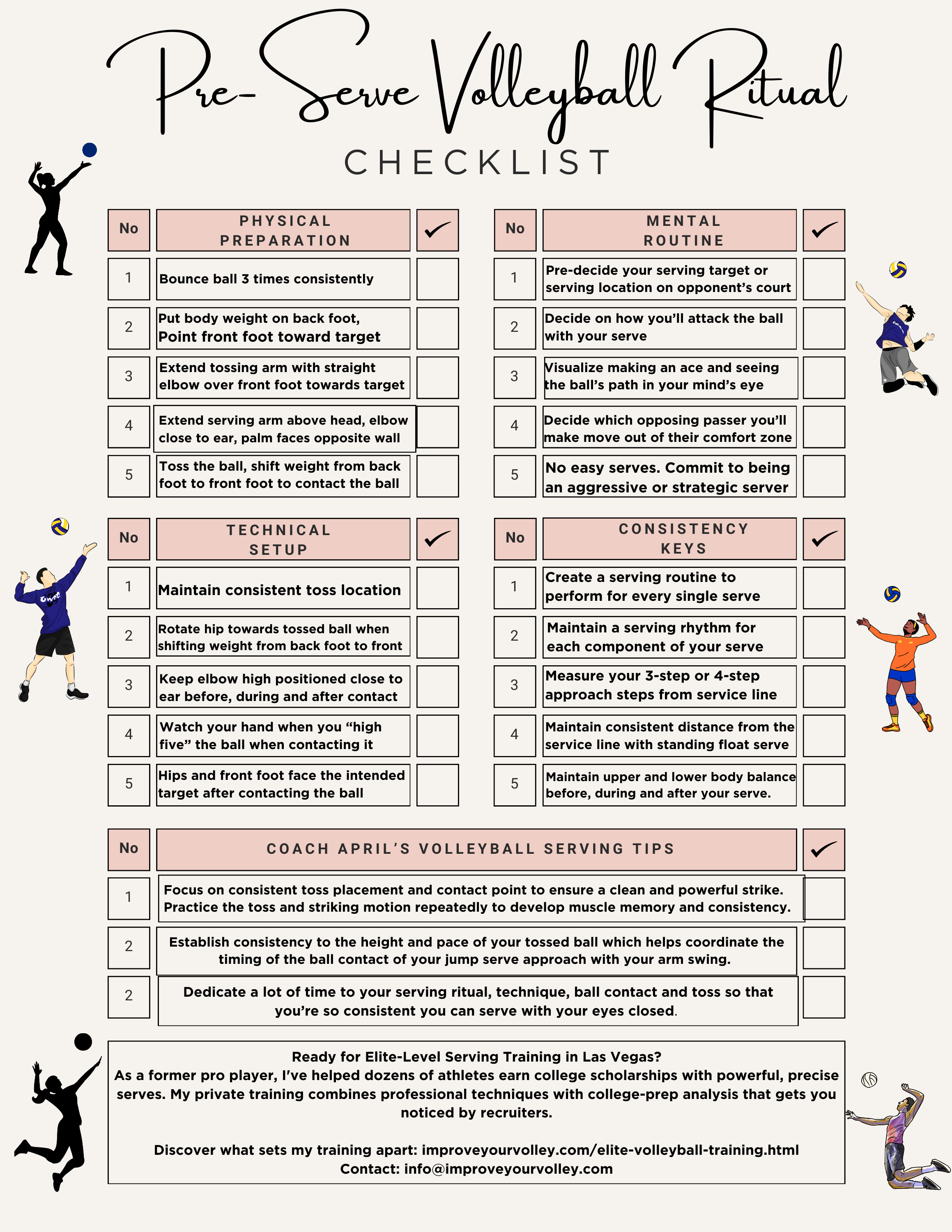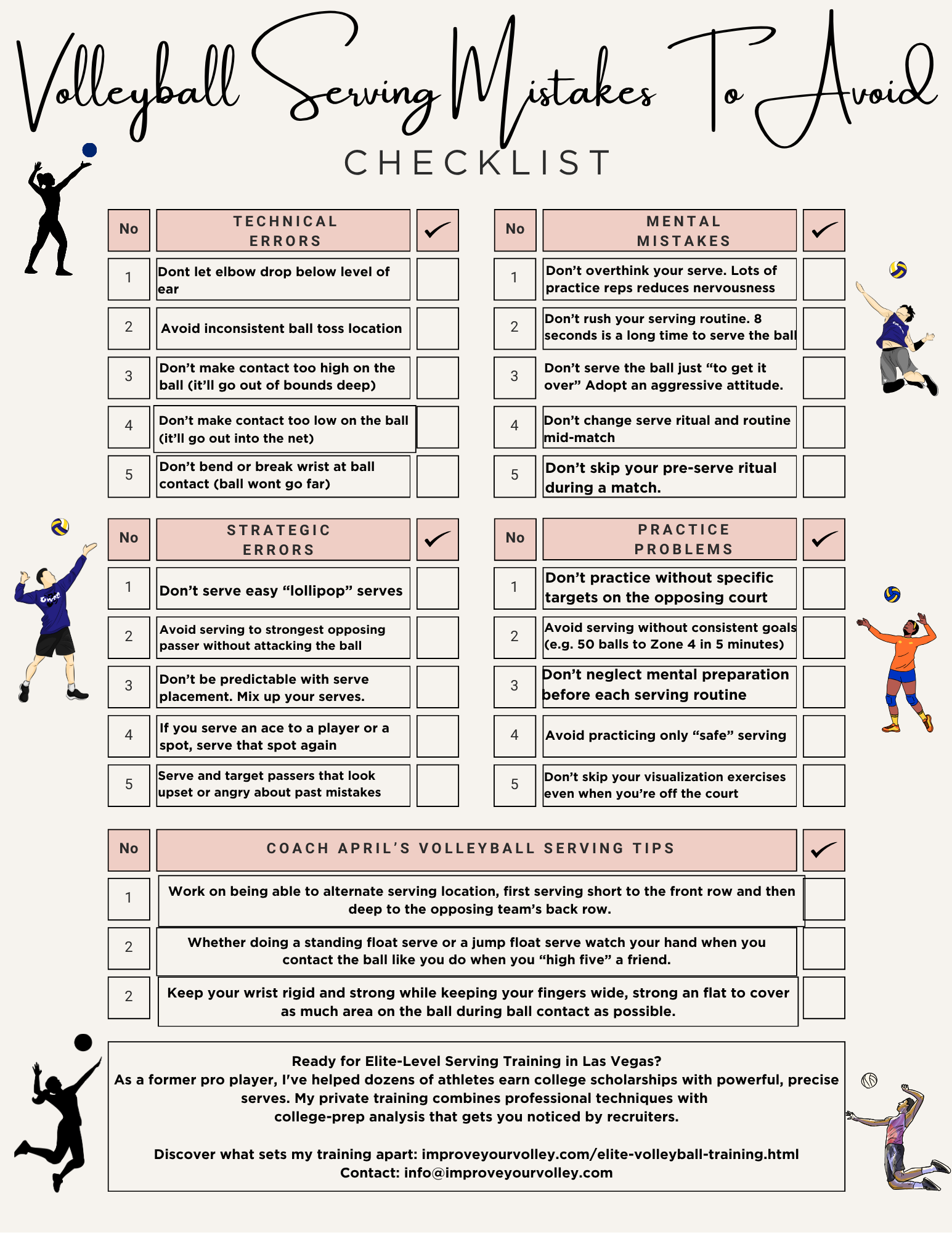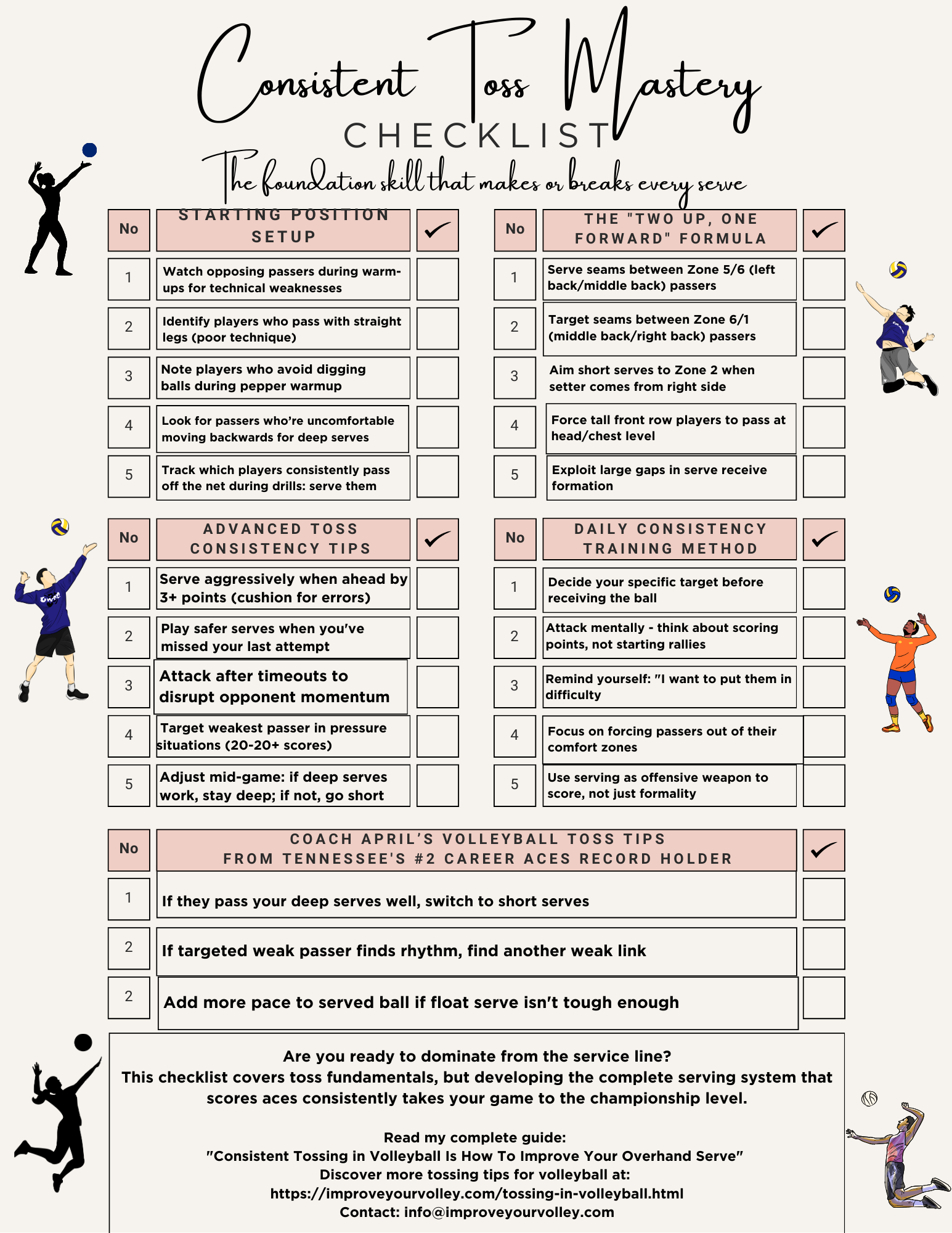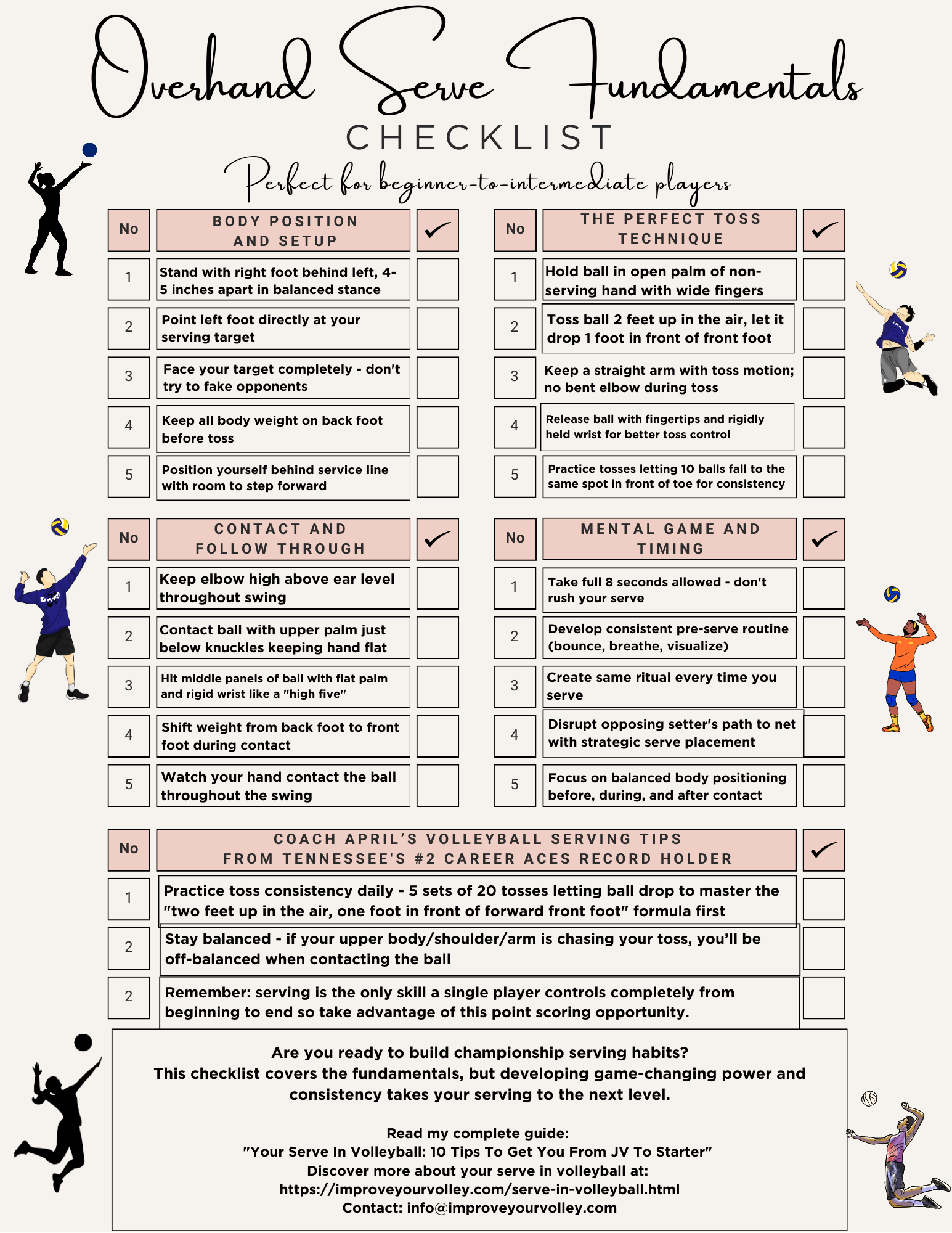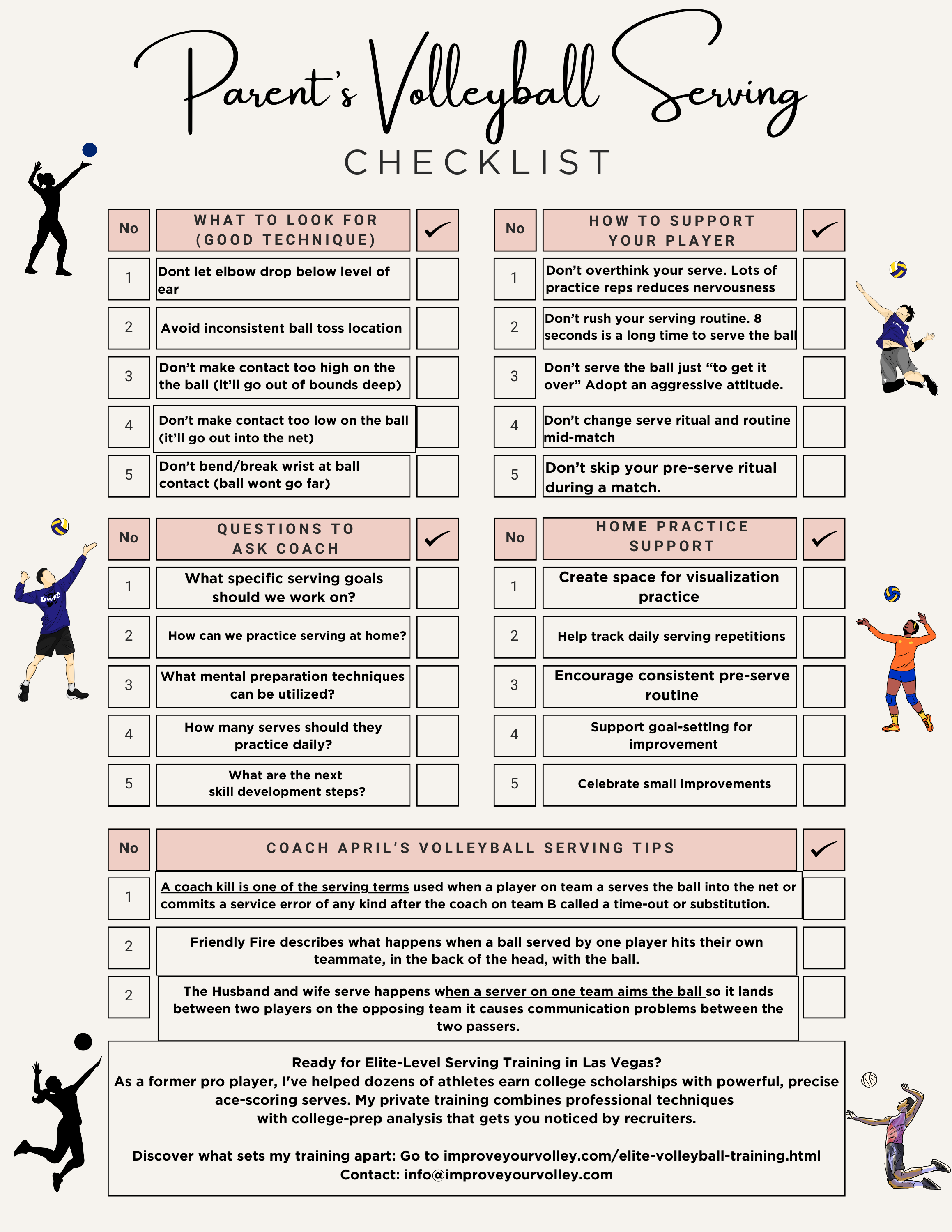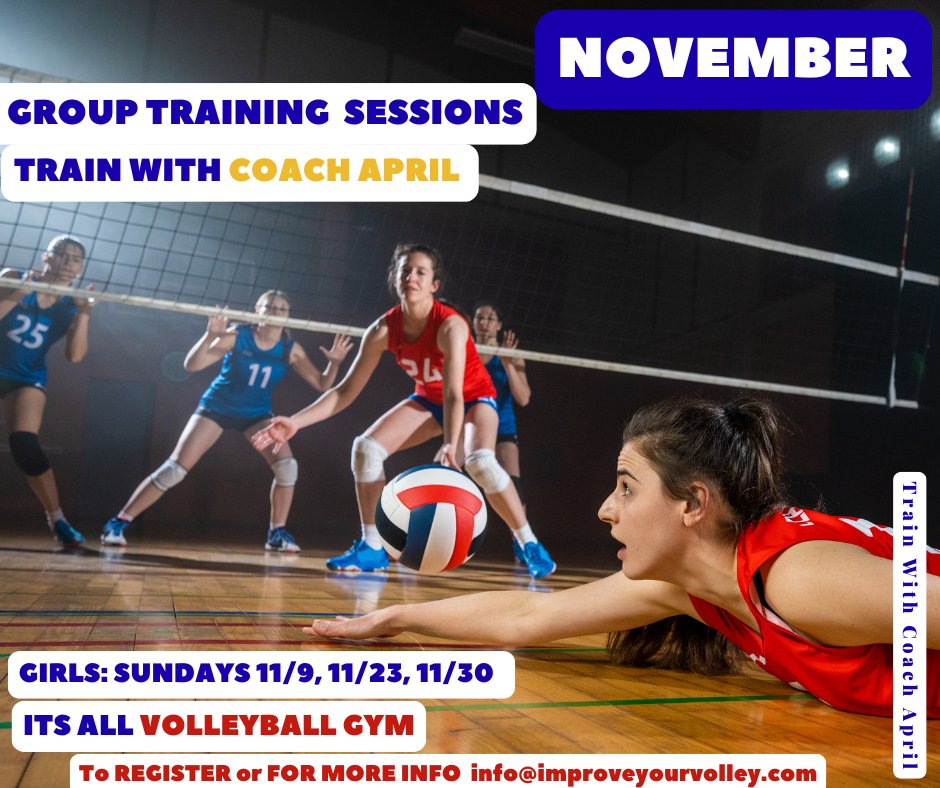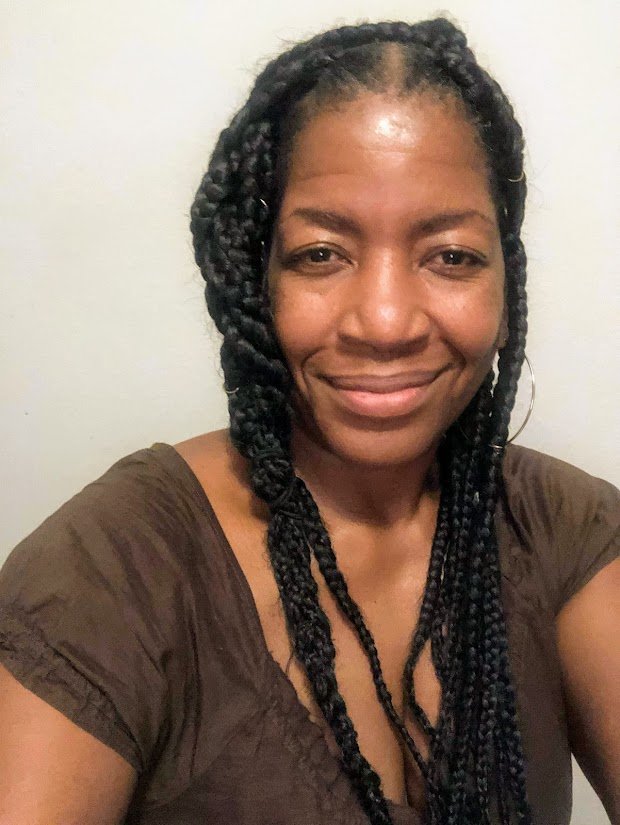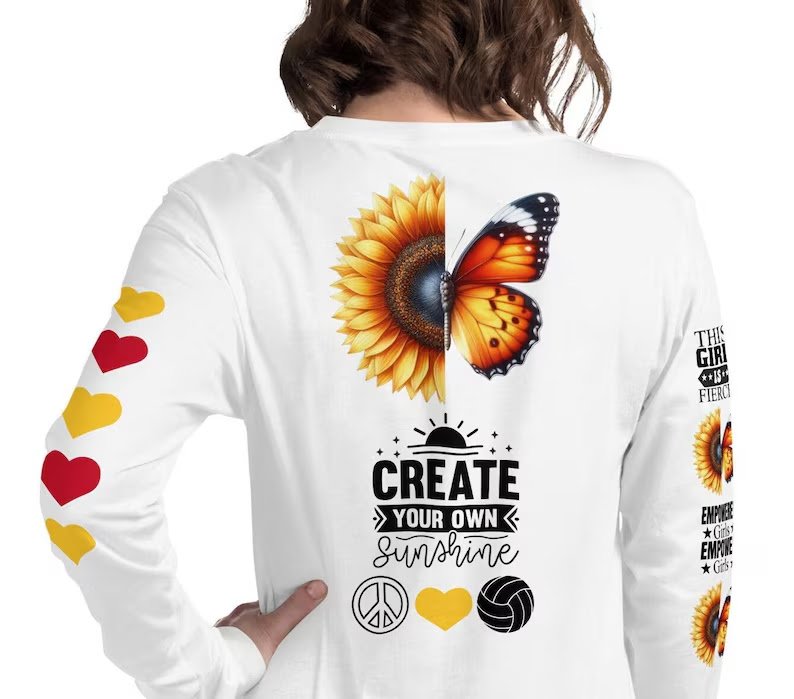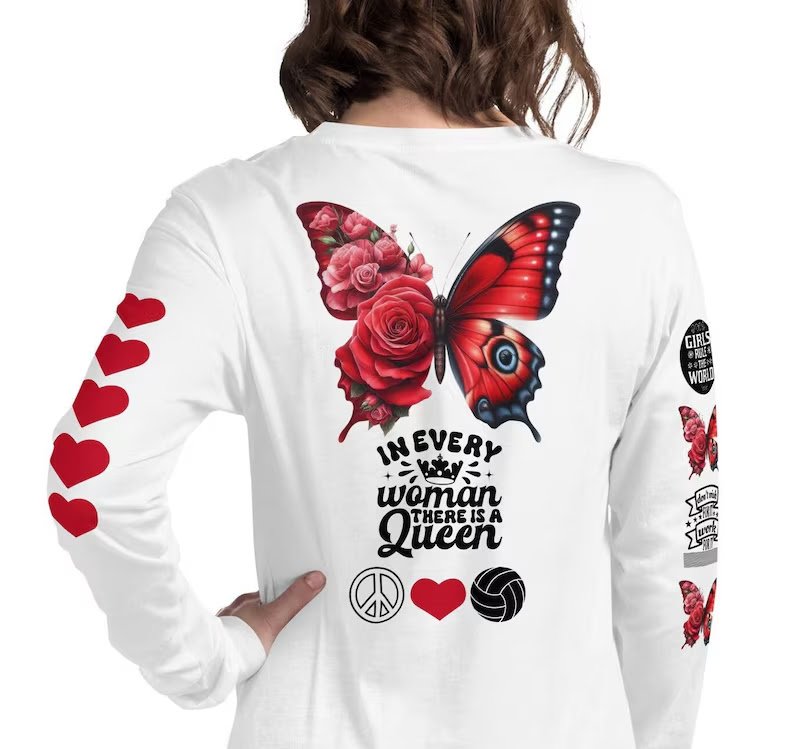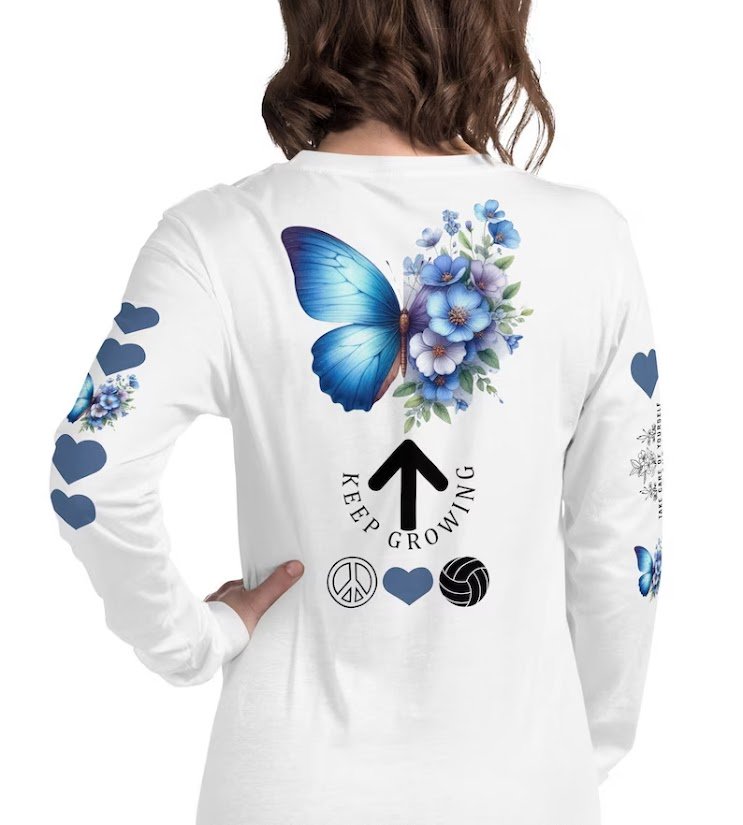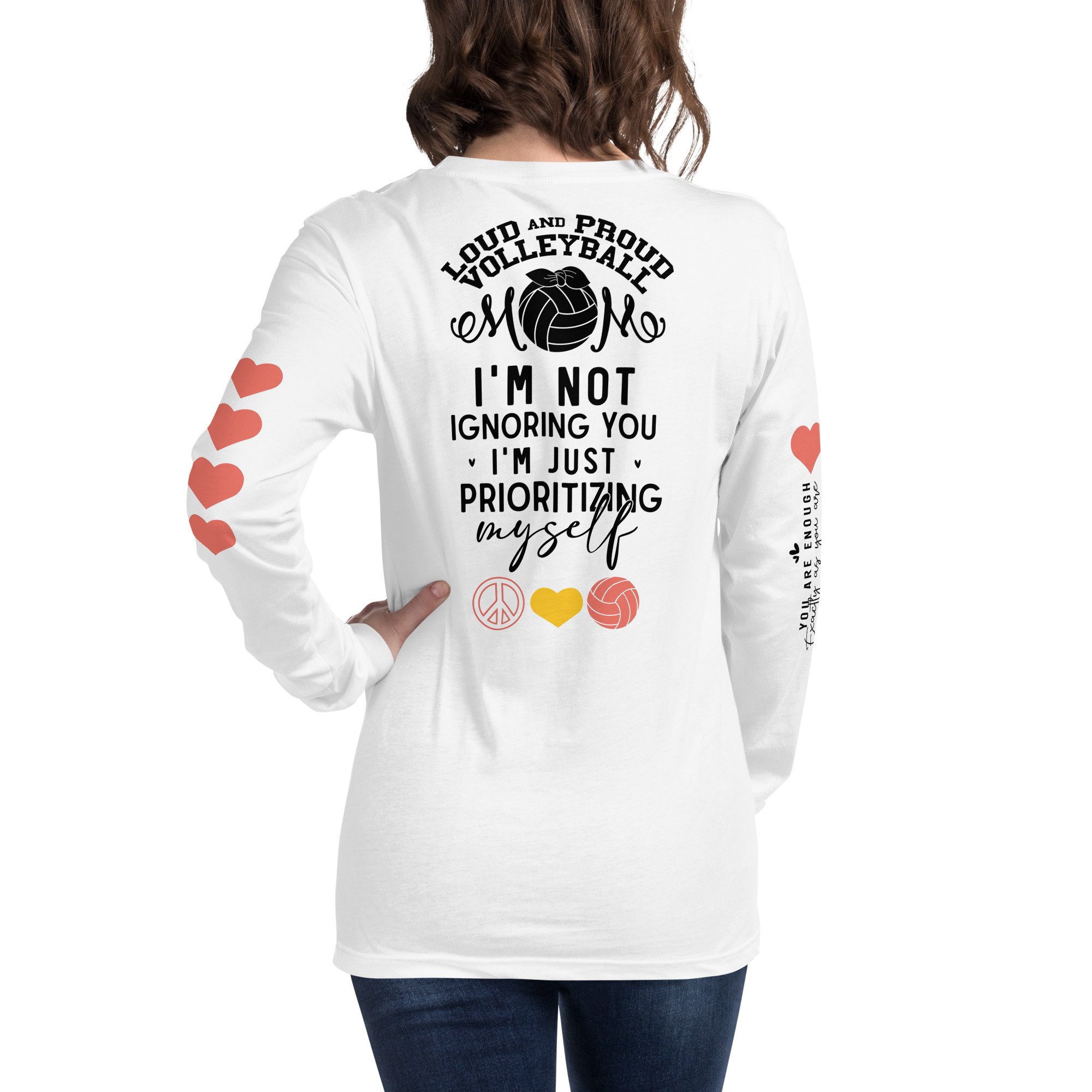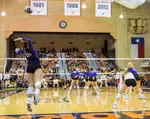- Improve Your Volleyball with Coach April
- How To Play Beach Volleyball
- Beach Volleyball Ready Position
The Beach Volleyball Ready Position Your Athletic Stance Is Everything
Your beach volleyball ready position is important because the primary function of your arms when you pass is to redirect the volleyball to your intended target.
Where and how your arms are positioned before your pass is an important part of your volleyball ready position.
Your beach volleyball ready position is important because the primary function of your arms when you pass a ball on the sand is to redirect the ball to your target.
You should consider your arms -- as a wall or a tabletop that you put up for the ball to rebound off of so that it goes directly to your setter or a predetermined place where your setter will be so she can give you the best set possible.
Although different players have different starting stance styles for passing a ball on the beach, they often adopt the stance which allows them to react to a tough serve very quickly.
Some adopt a running stance which means they have one foot straddling an imaginary starting line and their shoulders are erect but turned perpendicular to the player who is serving the ball on the opposing team.
I believe the rationale behind starting this way is that in theory when you could turn and run towards the net or away from it to pass a volleyball that's served deep in the court, a lot faster by starting in this runner's stance.
The majority of players for the most part, adopt a beach volleyball ready position similar to the one used by indoor volleyball players.
The traditional one with shoulders and upper body parallel and square to the net and facing the server when beach volleyball passing.
Typically, the beach volleyball ready position pro beach players use is for their
- arms to extend in front of their body towards the net
- elbows bent at around a 45 degree angle with the palms of the hand facing upwards towards the sky
- pretty much looking as if they were holding an invisible baby but with their arms closer to their waist line.
Guys have a tendency to start the same way or they will rest their hands on their thighs or the hem of their board shorts until the server serves and/or the ball is just crossing the net.
One other beach volleyball ready position that elite volleyball players use was made popular by American Steve Anderson coach of the Australian women's Olympic gold medalist Natalie Cook and Kerri Pottharst, bronze medalist in Atlanta and gold medalist in Sydney in 2000.
The Australians, Natalie and Kerri, when adopting their beach volleyball ready position for passing has their shoulders parallel and square to the net but instead of holding their arms in front of them in a cradle position they would hold them straight out from their sides with elbows very slightly bent.
They do this for two reasons
- to make the court look smaller
- to bolster the passers confidence in being able to quickly get to any served ball
To make the court look smaller...
...to the opposing team's server, the court size looks much smaller making it more difficult for the server to pick a wide open space to serve to.
To bolster passers confidence...
...It bolsters the players confidence in helping them to believe that they can get to any spot quickly while passing since the court seems smaller with their arms spread so widely.
Famous beach volleyball players who are or who have been coached by the Australian Olympian Kerri Pottharst like
- Tyra Turner
- Rachel Wacholder
- Angie Akers
have a tendency to adopt a wider-arm beach volleyball ready position starting stance or a modified version of it while passing in the sand.
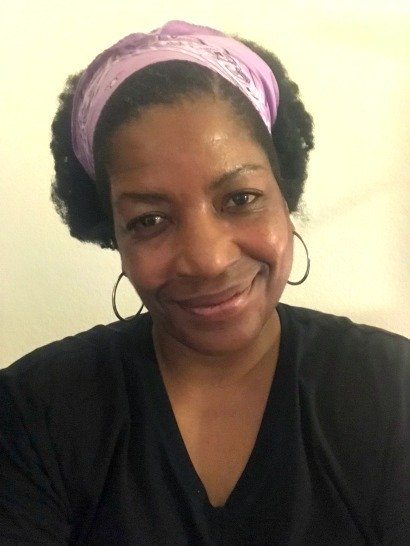
This has been an important message by your favorite volleyball coach! That's me!!
Thanks for visiting.
Be sure to check out more of my volleyball articles by clicking one of the links below! (April Chapple)
Do You Follow Me on Pinterest?
 Private or semiprivate volleyball indoor/sand lessons are an excellent way for young Las Vegas high school volleyball players to quickly improve their individual skills through a private or semi-private coaching experience.
These lessons are conducted by former pro volleyball player, former USA Volleyball High Performance instructor and Evaluator and Tstreet Vegas 18s head Coach April Chapple on a weekly basis.
Sign up now!
Private or semiprivate volleyball indoor/sand lessons are an excellent way for young Las Vegas high school volleyball players to quickly improve their individual skills through a private or semi-private coaching experience.
These lessons are conducted by former pro volleyball player, former USA Volleyball High Performance instructor and Evaluator and Tstreet Vegas 18s head Coach April Chapple on a weekly basis.
Sign up now!Follow me on Pinterest Volleybragswag to improve your game even faster!
I share alot of individual, partner and easy-to-do volleyball serving drills we do in class with my followers.
Many of these volleyball practice drills you can do at home by yourself or try at your next practice with your teammates.
If you're a B team or JV player trying to make varsity next year...your goal should be to complete 1000 reps a day of at least three of the basic skills on your own...volleyball passing, serving and setting should be at the top of the list.
If your athlete struggles with consistent serve receive, gets subbed out, or is overlooked for playing time—this is the fix you’ve been looking for.

Struggling with passing consistency?
I help talented passers tired of getting pulled from games because of inconsistent serve receive skills BUILD passing confidence without expensive private lessons using the same 3-step system that's helped dozens of my athletes get recruited.
Download my eBook for $17.99 and start building the passing confidence that keeps you on the court—and gets you seen by college coaches.
From Lady Vol to Legend: Coach April Produces Powerful Passionate Players...is that you?
What Are You Looking For?
Click to Download Your Pre Serving Ritual Mastery Checklist pdf:
🎯Volleyball Pre Serving Ritual Guide -
Players! Learn How To Transform Your Serve from Weak to Weapon
Click to Download Your Parent's Volleyball Serving Checklist pdf
🎯Parent's Volleyball Serving Checklist Guide
Parents! Help Your Player Develop Championship Serves (Even If You've Never Played)
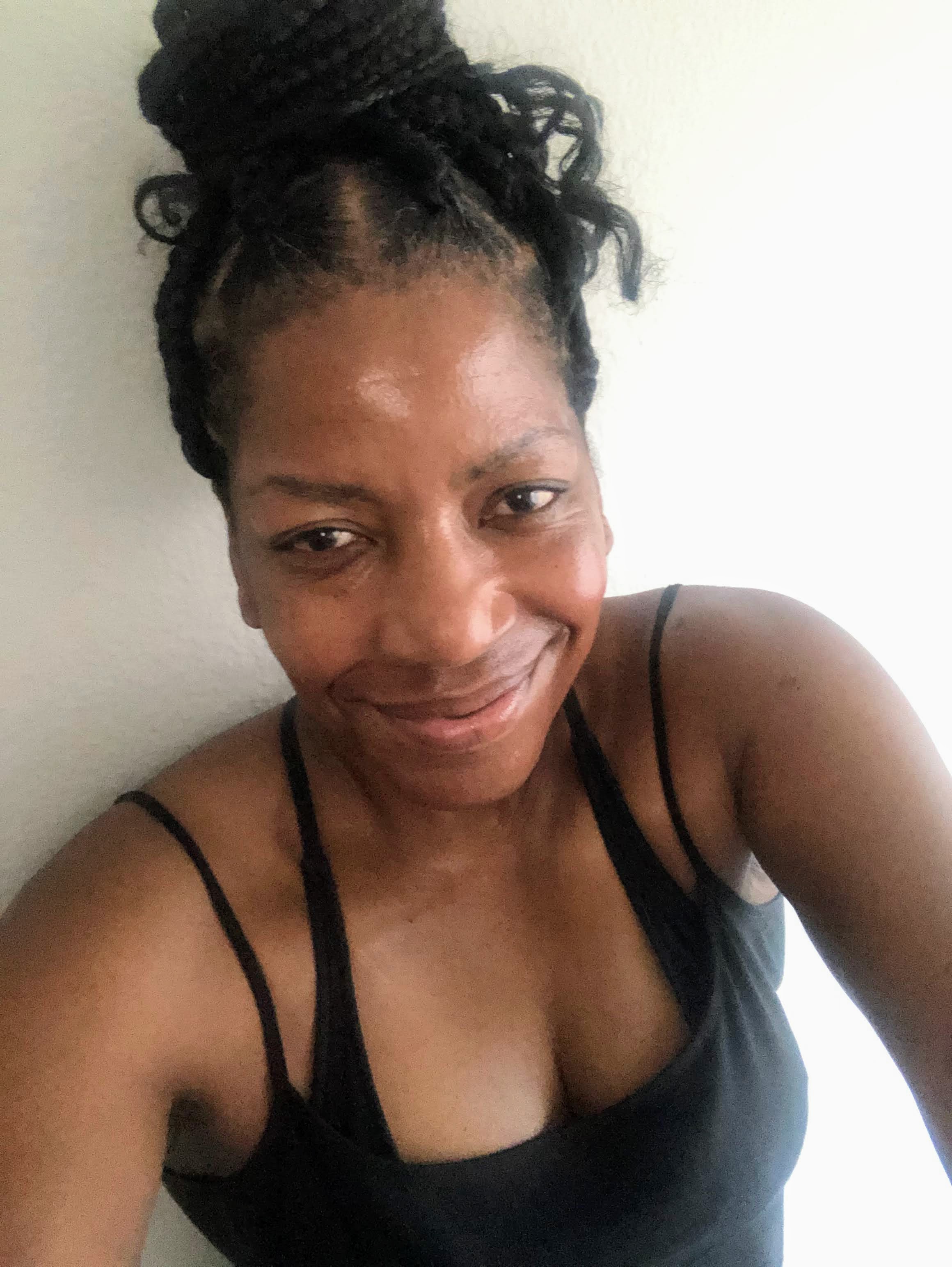
Hi there!
Thanks for stopping by. Hope you learned something today that will help you reach your volleyball goals.
Be sure to subscribe to my email newsletter so you can learn more each week!
Stay strong! Stay motivated!
-Coach April

SUSCRIBE to my email newsletter below!
 Click to learn more about the weekly volleyball classes and clinics or email info@imrpoveyourvolley.com for information
Click to learn more about the weekly volleyball classes and clinics or email info@imrpoveyourvolley.com for informationCongratulations to my seven Boys-18s Vegas Volley club players who played in two state championship finals yesterday, the 3A and 5A State champinship finals at Sunrise Mountain High School.
TOURNAMENT CHAMPIONS!
A-1 Vegas Volley VBC
In It To Win It Tournament
May 2 - 4, 2025 Tournament
Gold Medalists
18s Premier Division
Vegas Volleyball's Unsung Heroes: Celebrating Moms with Peace Love Volleyball Shirts
Ready to energize your volleyball mom journey?
Subscribe to my 'Producing Powerful Passionate Peaceful Players' email list above on ImproveYourVolley.com.
You'll receive energy-boosting tips, exclusive insights from me, Coach April Chapple on maintaining momentum in volleyball.
Let's power up the Vegas volleyball scene together!
Recent Articles
-
Overhand Float Serve Volleyball Tips Score More Aces In Volleyball
Dec 31, 25 02:13 AM
With these overhand float serve volleyball tips discover two specific court zones you can serve to in order to increase the chances of scoring more aces. -
Quickly Elevate Your Game With A Deadly Jump Float Serve in Volleyball
Dec 31, 25 02:01 AM
In this simple guide, I teach you how to improve your jump float serve in volleyball by measuring your steps, create a serving ritual and how to fix your toss. -
How to Serve A Floater Known As The Standing Float Serve in Volleyball
Dec 30, 25 11:08 PM
Learn how to serve a floater, also called a standing float serve that's hard for the opposing team to pass because of how the ball floats while crossing the net
